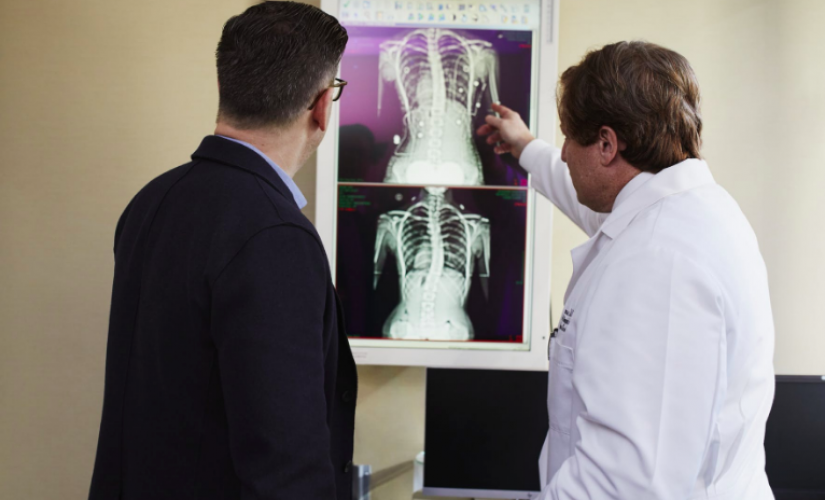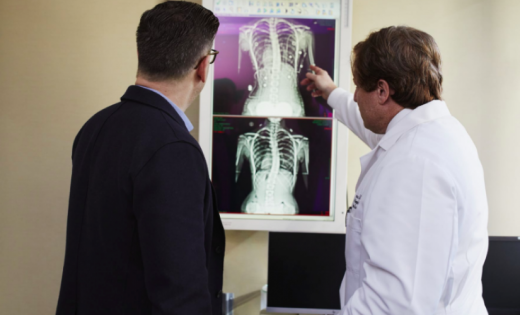How to Improve the Healthcare Customer Experience
How to Improve the Healthcare Customer Experience

Leaders of consumer brands almost unanimously point to customer experience as the new battleground in the digital age. But ever-growing CX expectations have impacted the way consumers view service providers in every industry, including healthcare. In fact, research from PwC found that experience with an organization drives consumer purchasing decisions in healthcare more than in any other industry.
Switching healthcare providers is a bigger hassle than switching toothpastes or buying clothes from a different brand. However, individuals today have significant control over their care in terms of choosing coverage, providers, and treatment. Given the choice, they’re less willing to deal with organizations that don’t meet their expectations.
The CX Frontier in Healthcare
Fortunately, most healthcare organizations understand that customer experience matters. Survey results recently released by Sage Growth Partners, a healthcare consultancy, indicated that 69 percent of healthcare executives believe improving CX is a top priority. The bad news is that, as things currently stand, healthcare has the lowest Net Promoter Score of any industry, according to PwC.
This underscores the fact that many healthcare companies consistently struggle to design experiences that foster loyalty. In a consumer-driven healthcare marketplace, a failure to optimize CX will ultimately lead to business failure. Success, on the other hand, requires care providers to embrace the following three strategies:
1. View patients as consumers.
A multitude of factors contribute to healthcare’s collective inability to deliver optimal experiences. Indefinite wait times, complex insurance schemes, endless paperwork, and outdated technology are barriers nearly every patient has encountered. In other sectors, companies seem to understand that consumers value time almost as much as they value money. Thus, brands seek to simplify and streamline engagement.
But simplicity in healthcare is rare. Geeta Wilson, founder and CEO of Consumer Society, a tech experience design company, suggests the problem is one of perspective. “To what extent have organizations that deliver on health unintentionally eroded or misconstrued the experience by seeing an individual as a condition and not a person — a patient instead of a consumer?” she asks.
Seventy-five percent of consumers want the same experience in healthcare that they get elsewhere, according to research from Econsultancy and Adobe. Insurance companies and medical providers should seek to mirror the engagement strategies of successful brands. Universal consumer expectations — including price transparency, straightforward payments, easily understandable products, and personalized interactions — are disregarded by too many healthcare organizations. Changing that will inevitably require a change in perspective.
2. Predict behaviors and expectations.
Many consumer brands rely on customer relationship management software to better understand who their customers are and what they want. According to Sage Growth Partners research, only 35 percent of healthcare organizations use CRM tools. Those that do, however, are able to improve patient retention (69 percent of survey respondents). Others are able to reduce unnecessary utilization (52 percent), allowing medical staff to optimize workflows and provide individualized care.
Jennifer Matthews, president and managing partner of The Bloc, an independent health creative agency, says software can help humanize patient interactions. “Without CRM, companies are fundamentally conducting a transactional relationship with their customers,” she explains. “Implementing a CRM mindset, strategy, and infrastructure should be a priority for companies for whom building long-term, profitable customer relationships is essential.” This approach allows providers to effectively manage customer expectations around costs, treatment experiences, and side effects.
3. Track outcomes with wearable technology.
By connecting patients with providers virtually instead of through traditional care facilities, wearables have the potential to significantly enhance healthcare CX. Thanks to wearable technology, organizations can now track a vast amount of patient data and map it to real-world outcomes, but few are truly capitalizing on this opportunity.
A report from HIMSS Media found that 79 percent of health organizations want more patient data. Seventy-two percent require patient-generated health data (such symptoms and lifestyle choices) to optimize care. For the management of chronic illness, deploying wearable technology — in combination with health coaches — can generate valuable data. It can also ease the burden on providers and improve patient outcomes.
Consider hypertension, for example. The same report revealed that only about 30 percent of diagnosed individuals meet their blood pressure goal by the end of a year under provider care alone. Wearables increase data visibility for patients and contribute to a feeling of accountability and agency. In turn, this can can motivate patients to meet their goals.
Healthcare is changing rapidly, and the companies capable of providing superior customer experience are leading that charge. Healthcare still lags behind other industries in regard to heightened consumer expectations. But organizations that adopt these strategies can differentiate themselves and help move the entire industry forward in the process.
The post How to Improve the Healthcare Customer Experience appeared first on ReadWrite.
(43)


